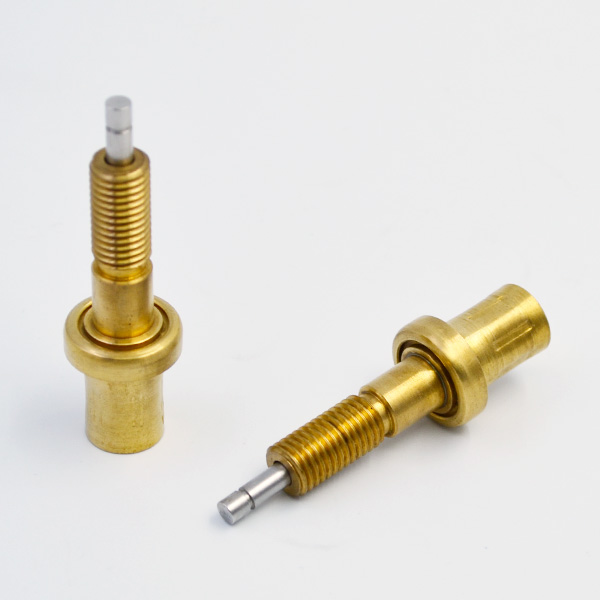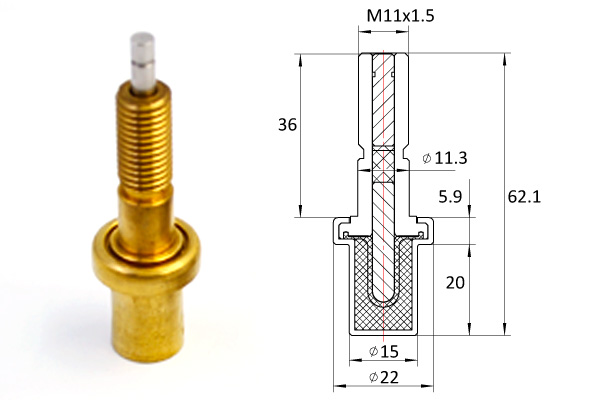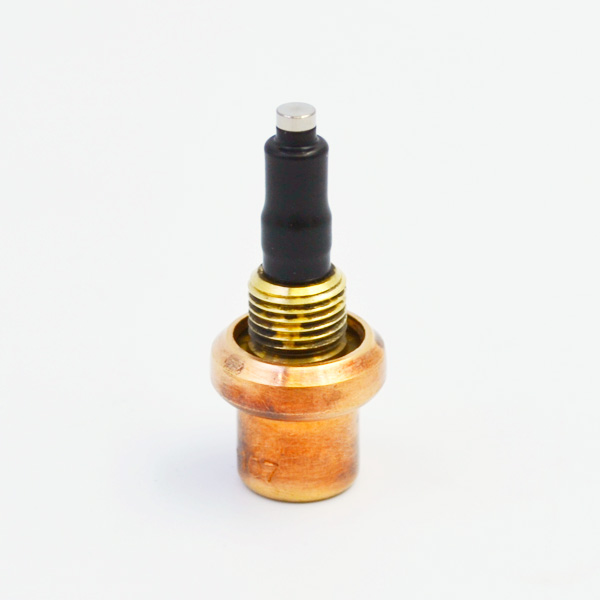In order to further improve the accuracy of temperature control in industrial production process, this paper takes the design of temperature controller of industrial resistance furnace as the main content. Through explaining and analyzing the principle of fuzzification of the system, the paper further develops the fuzzy control rules and the self-tuning method of fuzzy PID parameters of temperature resistance furnace based on AT89C52 single chip computer. An in-depth study was conducted.
Through the analysis of fuzzy control, it can be seen that by imitating human’s fuzzy behavior and summing up operator’s natural language experience, it can realize the control of output variables, integrates them with conventional PID control, and uses the relevant thinking of fuzzy reasoning judgment to expand the online self-control of PID parameters. Setting processing is of great significance to the precise control of industrial processes. The principle of temperature control system based on self-tuning PID is analyzed as follows: with the support of general PID algorithm, the deviation and deviation rate of the existing system are calculated and expressed by E and EC respectively. According to the fuzzy rules, the fuzzy reasoning of E and EC is developed. At the same time, all kinds of parameters (including KP, KI and KD, which are all output language variables) are realized. Online self-tuning.
Relevant steps are as follows: the language variables are selected as e and ec, and the following fuzzy states are defined: negative strong, negative medium, negative weak, zero, positive weak, positive medium and positive strong.

They are represented by NB, NM, NS, Z, PS, PM and PB, respectively. The domain composed of each fuzzy state is defined as {-1, -2, -3, 0, 1, 2, 3} and expressed as positive weak, positive and positive.
Strong denotes three fuzzy states of KP, KI and KD. Correspondingly, the corresponding universe is {1,2,3}[1].
The control rules of self-tuning PID parameters are as follows: (1) If the temperature rise of the system is too slow or the temperature difference changes little, the KP will be increased; (2) If the temperature rise of the system is too fast and it is difficult to reach a stable value, the KI will be increased; (3) If the temperature output of the system fluctuates relatively stable, the KD will be increased; (4) If the output of the controller is sensitive to the disturbance signal. Sensibility should be reduced appropriately.

According to this rule, three output variables with {1,2,3} domain are summarized under different E and EC conditions, and three output variables are calculated with the deviation and its change rate corresponding to a specific sampling time. The specific calculation forms are shown in Formula 1, 2 and 3, respectively. The hardware structure takes AT89C52 as the main control device. The analysis of AT89C52 MCU shows that it is mainly composed of 256B RAM and 8KB read-only memory which supports repeated erasure. Its essence is an 8K-byte flickering programmable and erasable read-only memory extending outward to CMOS 8 bits with lower voltage and higher power.
As for MCU itself, by using ATMEL’s high-density non-volatile modern memory production technology, MC-51 is compatible with the general industrial standard, but also can be compatible with the relevant instruction set [2].

The temperature controller designed by the author extends 8 KB data memory to make its RAM capacity reach 264 B.
With the support of parallel interface circuit 8155A chip, the display circuit, AD DAC and keyboard are expanded. After DAC, the R-232C standard interface communication circuit is realized. In the aspect of controller, the specific working process is as follows: the single chip computer collects the voltage signal transmitted by the temperature sensor, carries on A/D conversion through calling the data processing program, displays the current temperature value, and transmits this value to the upper computer. For the sampling value, the single chip computer obtains specific control by fuzzy reasoning. After the value, the MCU sends the specific temperature control signal to the actuator. Firstly, the design method of the main program of the system is given, which mainly consists of three interrupts: serial communication interrupt, temperature sensor sampling temperature signal interrupt and initial temperature terminal service program. Each time after the computer completes the temperature acquisition, the corresponding request for serial communication signal will be sent, and the collected temperature signal will be transmitted. It is sent to the host computer connected with the system for display. Secondly, the timer interrupt service subroutine is designed to set the sampling period of the timer. In this process, considering that the resistance furnace itself is a time-delay system with pure lag, in order to further improve the stability of the system, thermostatic element after consideration, 8s is taken as the specific time interval for sampling by the single chip computer, and after reaching the pre-set time, then The interrupt request signal will be transmitted to the MCU by the timer.

When the MCU receives the interrupt request signal, it will enter the terminal program to execute sampling. Finally, the design of the sub-program of fuzzy reasoning.
The controller is mainly composed of two-input and single-output controllers.

The concrete steps of temperature control calculation are as follows: Firstly, the domain of error and its rate of change and the domain of related control variables are controlled, and the actual range of change of specific domain is divided. For PID temperature controller with higher control precision, the corresponding range of change can be obtained. It is divided into seven grades and ensures that each file corresponds to an element in its domain. So far, the actual measurement parameters in the PID temperature control system can be quantified into the elements contained in the domain [3]. Secondly, the system generates the fuzzy control table by off-line calculation. In the process of system operation, the main program of the single chip computer is interrupted, and the corresponding look-up table subroutine is executed to obtain the final control quantity. This paper describes and analyzes the control principle of the fuzzy self-tuning PID controller, and then designs the hardware part of the fuzzy self-tuning PID controller based on the AT89C52 single chip microcomputer. On this basis, the software part of the temperature controller based on the self-tuning PID is designed and analyzed in detail. The results show that the fuzzy self-tuning PID temperature controller can effectively improve the control accuracy of the temperature controller by combining the fuzzy control rules with the PID control. In the future, the design and research of self-tuning PID temperature controller should be further strengthened to lay a good foundation for improving the stability and accuracy of temperature control in industrial production process.
